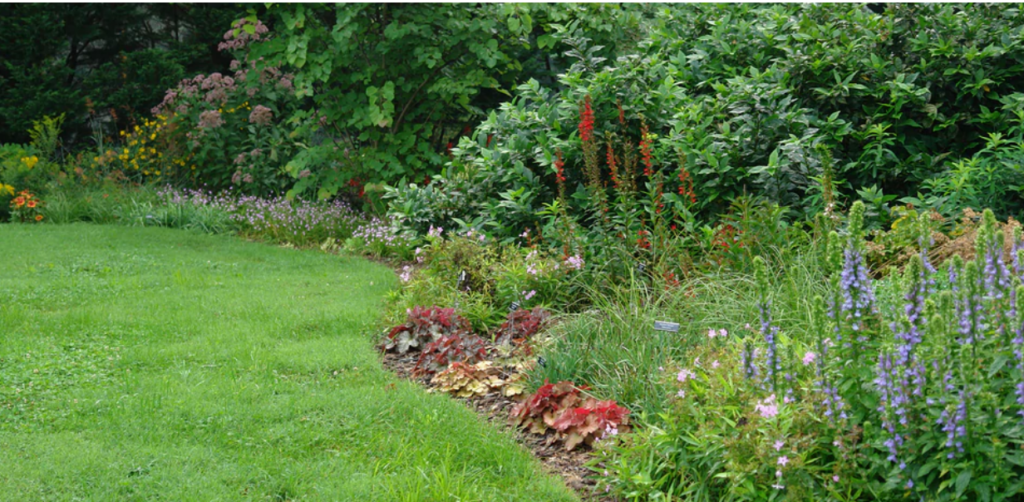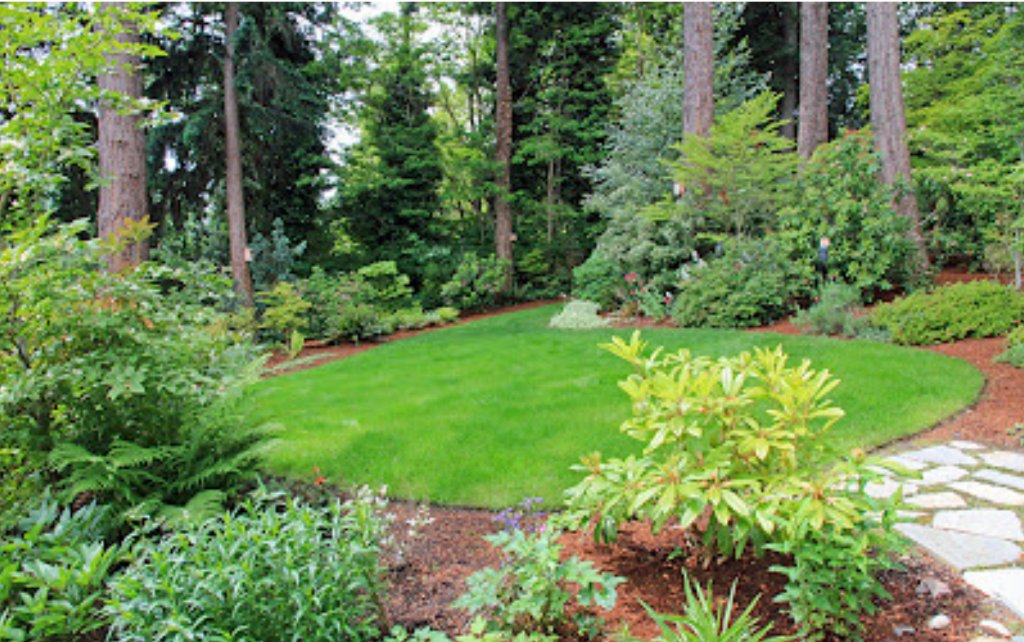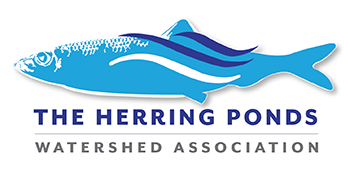Commit to Stewardship – Rewilding Part of Your Yard
By Lee Pulis
The Herring River Area of Critical Environmental Concern (ACEC) contains more than 1300 town-listed parcels, most of them residences, corresponding to approximately 5000+ residents of Plymouth and Bourne. Every parcel has options for watershed stewardship.
Yet commercial and residential development pressures and damages continue mostly unabated on the 4,450 acres of land within our state-designated ACEC. Trees are cut, sand is mined, heavy traffic increases, septic fields leach, impermeable paved surfaces accelerate runoff, and nonnative and invasive species are added to landscapes. These and other abuses impacting our globally rare ACEC Pine Barrens watershed go on and on.
If every land owner simply commits to practicing good environmental stewardship on their own property, respecting and co-existing with native species, all might be well. Since many do not, the willing must step up. Nearby Mass Audubon Tidmarsh Wildlife Sanctuary’s ongoing habitat restoration provides a watershed scale example. Any ACEC resident can apply similar steps on a smaller scale to rewild a portion of your own property. But rather than needing grants, monitoring and partners, HPWA members can on their own help restore ACEC watershed habitat by literally DOING NOTHING, SPENDING NOTHING, AND SAVING THEIR TIME. Each member can designate an unused portion of yard where you simply let nature take its course. Just STOP further tree and brush clearing, mowing, fertilizing, watering, leaf blowing, and spraying.
“In terms of biological activity, a lawn is the least productive of our plantings, yet it is the default landscaping practice in most spaces.”
“…maintaining our lawns in their prestigious, weed-free states has become quite a toxic undertaking…40% of the chemicals used by the lawn-care industry are banned in other countries because they are carcinogens.”
“Lawn watering accounts for 30 percent of all water used during the summer in the East….”
(Douglas W. Tallamy, 2020, Nature’s Best Hope: A New Approach to Conservation That Starts in Your Yard)

Yards and neighborhoods may look nice with green weed-free monoculture lawns, and kids need some open turf for running and sports, but in every yard there is likely an unused corner or edge with potential for natural habitat restoration. Wild patches lure kids to explore nature, identify and marvel at species they never noticed before, and to imagine and create with exposed sand, leaves and sticks and stones. Kids are our future. Every parcel and yard partially restored becomes a valuable vegetated stepping stone expanding the overall native patchwork of habitat that provides refuge and travel corridors for keystone wildlife, and maximizes water catchment, filtration and storage.
Here are some simple Do-It-Yourself steps:
- Consider which part(s) of your property are least functional or used. These have potential to revert to natural vegetation (edges along pavement or shorelines are especially great to rewild as buffers for rainwater runoff)
- Mark off the chosen area with a curvy eye-appealing edge (an old garden hose, logs, sticks, etc. will do)
- With a shovel turn up some of the underlying sand and duff, to expose the native seed bank here and there (Birds and other wildlife that come to your new refuge for food and cover will contribute viable seeds deposited in their droppings and scat. Expect blueberries, sassafras, sweet pepperbush, milkweed, black cherry white pine, etc. to self-sprout. You can add a sprinkle of native wildflower seeds if you like)
- Cease all mowing, fertilizing and spraying (saving time, effort and money)
- Let time and nature take charge and do the work
To speed up progress or take further steps, add a brush pile, rock pile, perching posts, a native species of oak (“No other tree genus supports so much life [biodiversity]…” – Tallamay), other native transplants, a pollinator patch, bee hotel, nest boxes and/or a watering hole (such as a garbage can lid embedded in the ground)
You can even join other property stewards similarly committed to providing natural spaces with food, water, cover, places to raise young, and sustainable practices. Certify your wild place on a global map with the National Wildlife Federation’s backyard refuge site at https://www.nwf.org/certifiedwildlifehabitat.

Every parcel of land cleared for residential, agricultural, or commercial construction creates a gap in vegetation that was formerly vital for natural water treatment and as territory for native wildlife species. Any such parcel bulldozed and replaced with lawn can be restored and allowed to grow back with native vegetation rather than exotic or invasive species. Thanks for anything you decide to do…and please tell us about it.

Comments
Commit to Stewardship – Rewilding Part of Your Yard — No Comments
HTML tags allowed in your comment: <a href="" title=""> <abbr title=""> <acronym title=""> <b> <blockquote cite=""> <cite> <code> <del datetime=""> <em> <i> <q cite=""> <s> <strike> <strong>